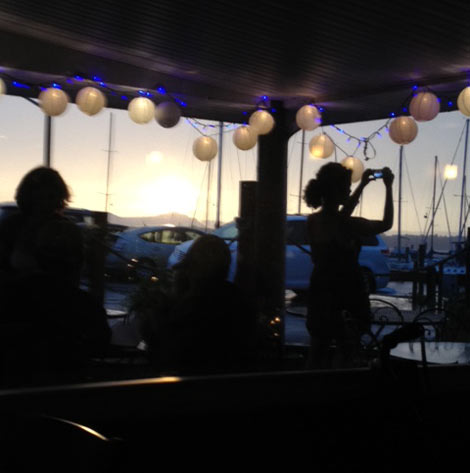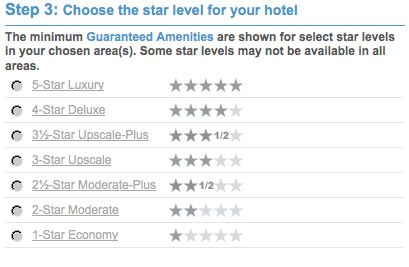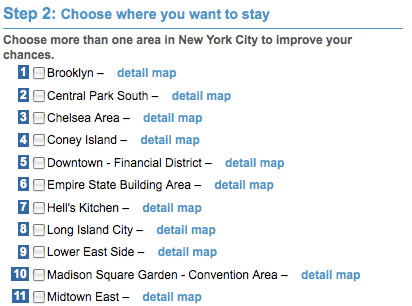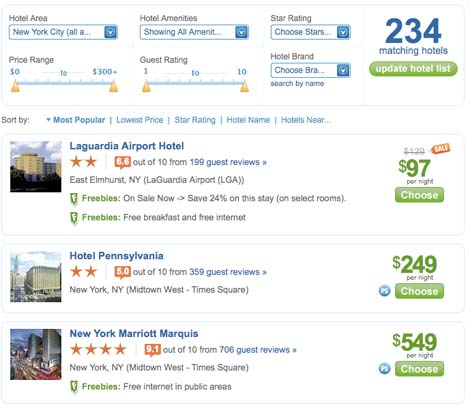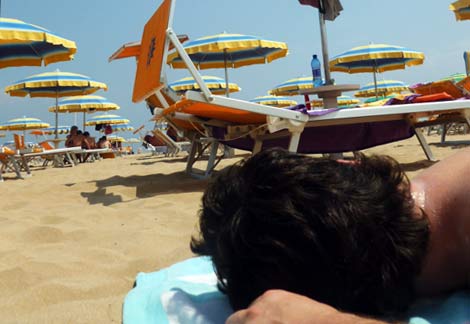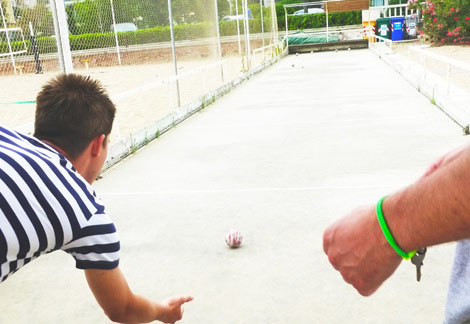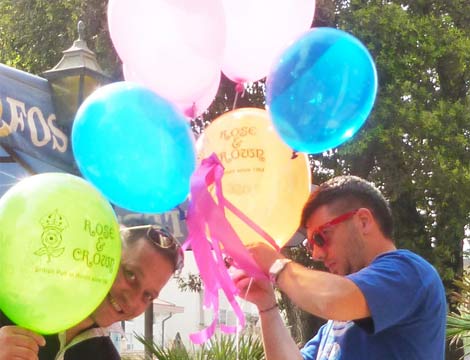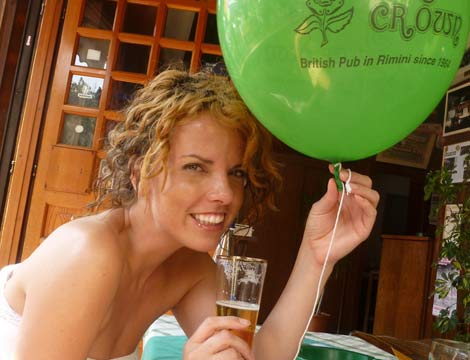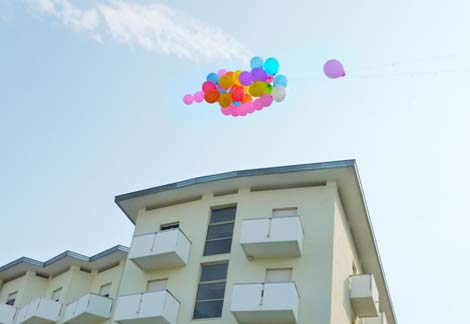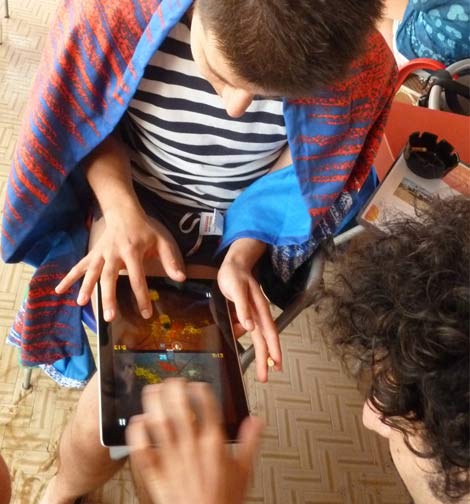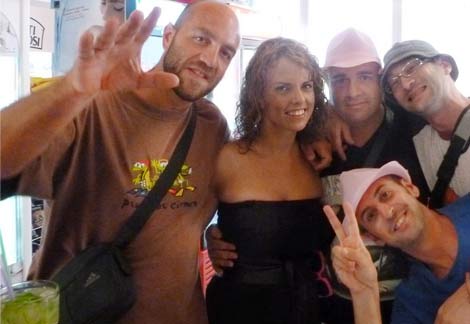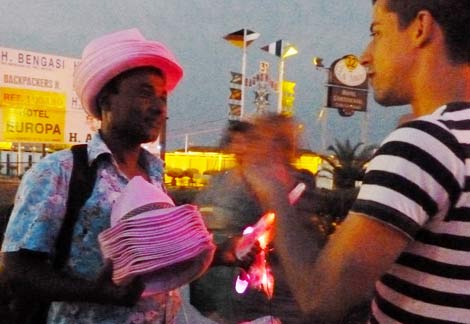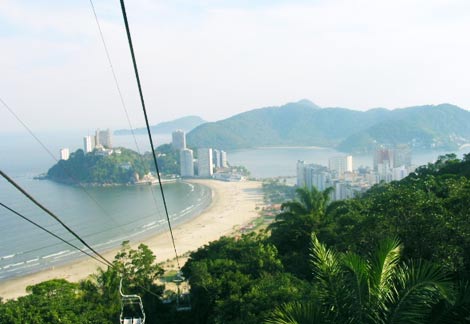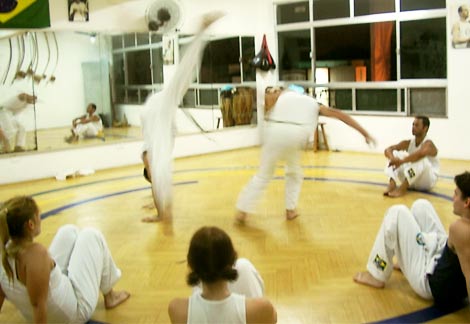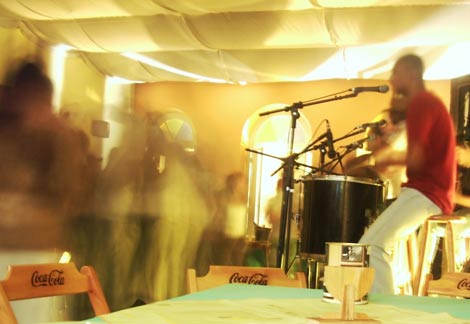Today I experienced that moment – that unmistakable moment – when my sunny carefree Sunday suddenly got kicked up a notch. The sky overloaded with giant, moving grey clouds, the wind began to kick my hair around, and that hot, sticky world that normally consumes me the second I leave home or work suddenly went away and what came instead was a chill and an unmistakable sense of foreboding.
But somehow, I didn’t mind. Just like all the other people at the Boat House restaurant in Ossining, NY, didn’t mind. Why not? What is so magical about a summer storm? The unexpectedness of the experience? The visual drama? The weather?
In my former corner of the world in the south of California, summer storms are nearly non-existent. So my fond memories of these experiences all come from my summers spent in New York City. To me, summer rain IS New
York City. The drama, the smell, and the temporary urgency fleetingly catapult me back in time fifteen years to walking to acting class on the lower west side of Manhattan in July and racing for cover under the nearest overhang, only to discover four construction workers doing the exact same thing who subsequently became my new best friends.
A study in contrasts, a summer storm is all at once overbearingly dramatic, yet not in the slightest bit threatening. The torrential wind and downpour is dramatic but warm, and somehow, not dangerous. There is a universal understanding that this storm will be over soon, and life will go on as before. In fact, life will even be a little more bearable with that slight breeze in the air, a cleaner city, and humidity washed away with the storm.
Today I experienced the magic of the summer storm from a perfect vantage point – front row seats at the picture window facing the Croton Bay at the Boat House restaurant in Ossining, NY. Guests sitting just outside the window on the patio ran inside for cover in a fit of temporary hysteria – hair flying, makeup running, food drenched.
But my family and I sat inside, dry and entertained, and relished the beauty of the moment. These moments that I cherish, that I rarely experienced in my life in the west.
These photos are of the end and the aftermath of the storm. And what a reward it was to discover the bay like this. Just a short train ride from Grand Central Station, this place instead feels worlds apart from the bustle of the city. The perfect place to relish a summer storm.


